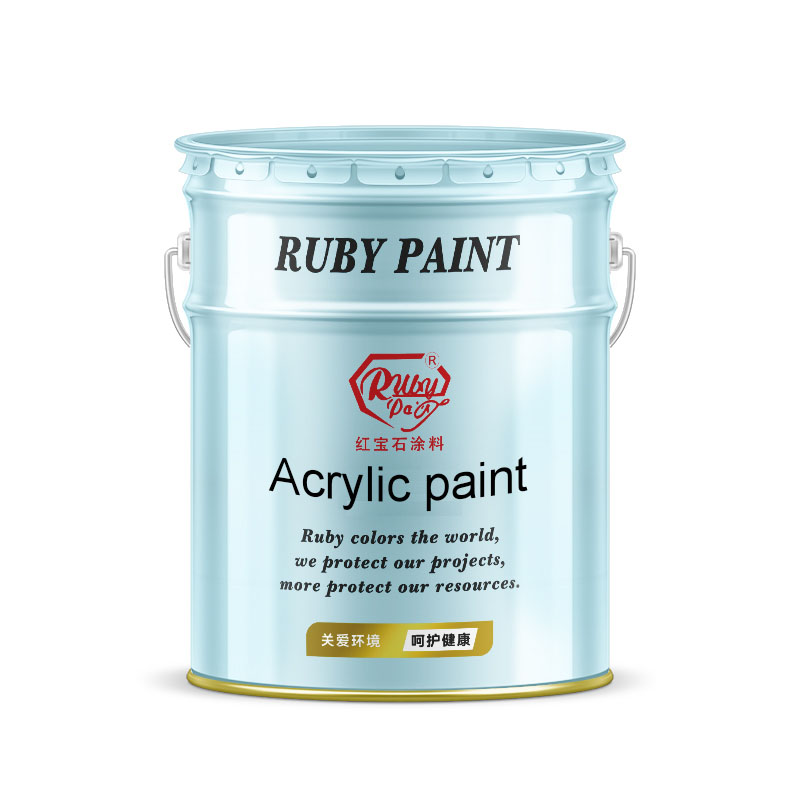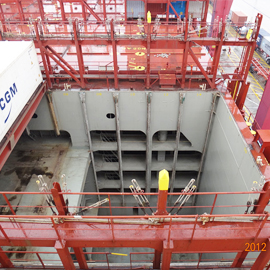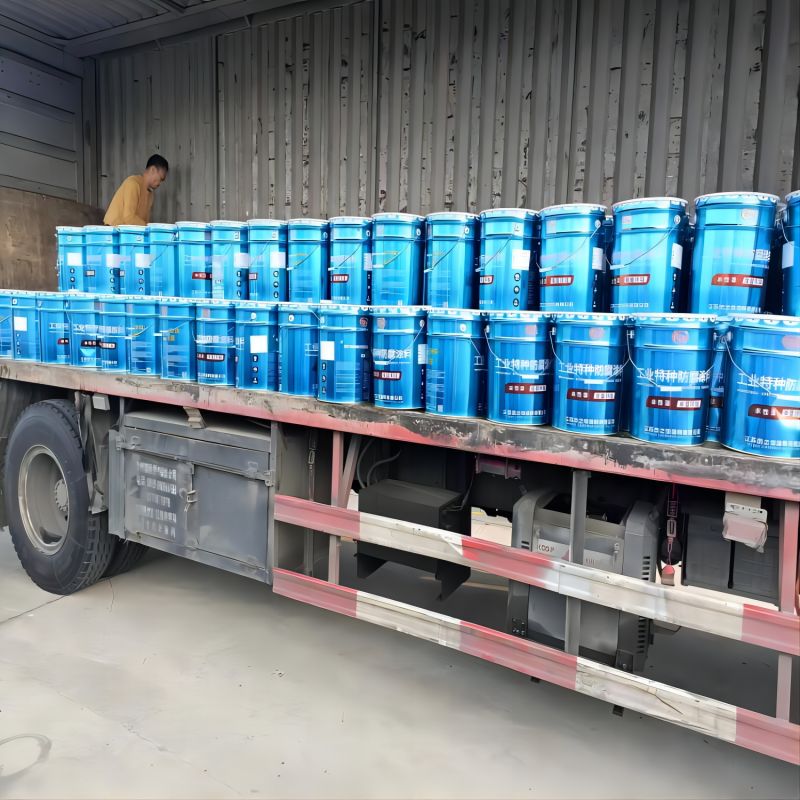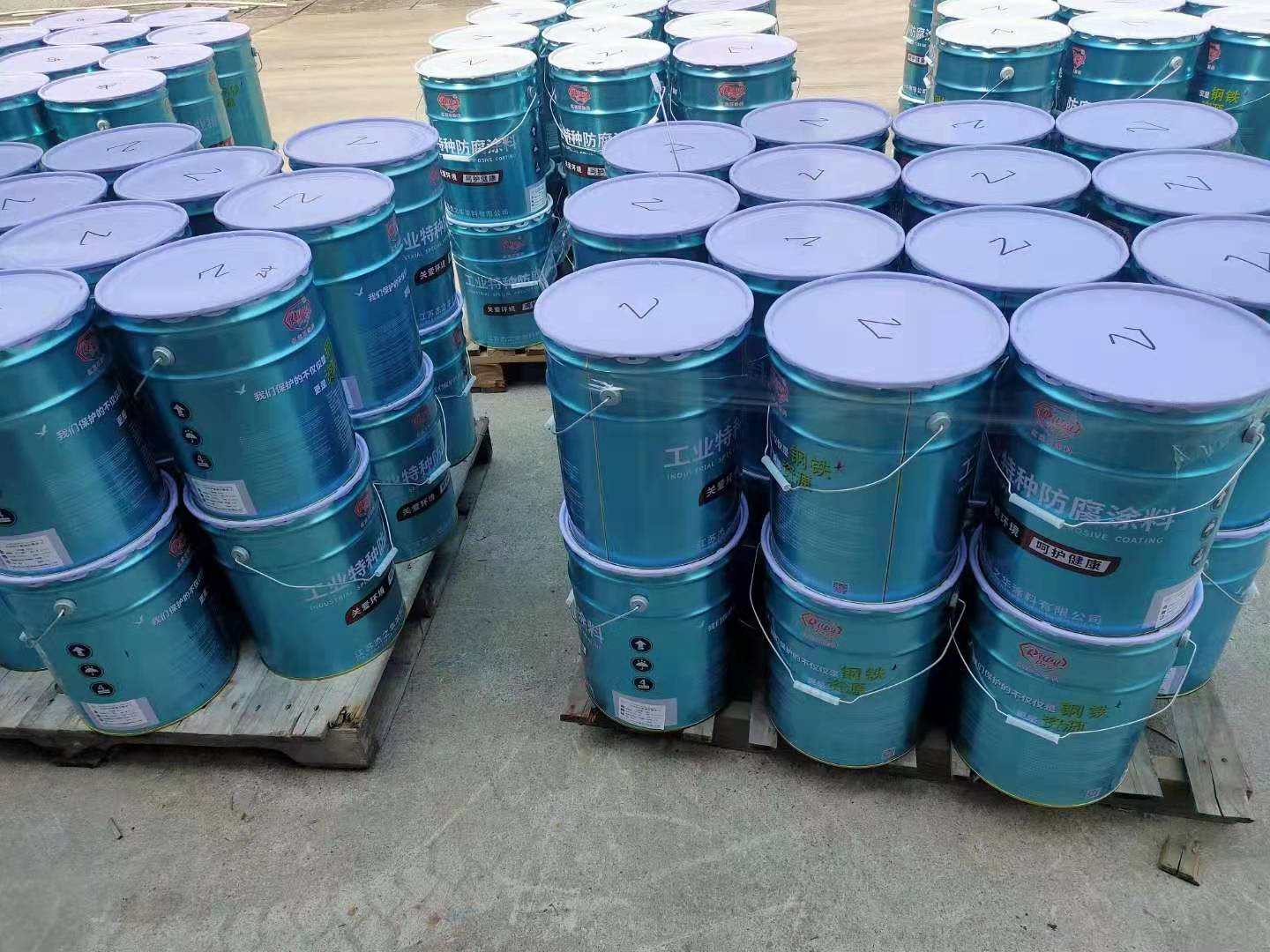
Acrylic resin has high hardness, full coating film, good heat resistance, water resistance, solvent resistance, chemical resistance, and good weather resistance, good gloss and color retention.
Acrylic coatings are mainly used for topcoats with high decorative and high weather resistance. They are widely used in the automotive industry and machinery industries. They are also important topcoats in steel structure heavy-duty anti-corrosion systems.
Acrylic coatings modified with epoxy have good recoating properties, acrylic coatings modified with silicone have good heat resistance, resistance to high and low-temperature changes, water repellency, stain resistance and chalking resistance.


Acrylic Painting Tips
1. Cleaning the base surface: The base surface must be cleaned carefully. It is required to be solid and flat, without sand, and basically dry
2. Brush the bottom layer: Pour about 2/3 of the acrylic paint into the empty bucket, add a little water to dilute and stir evenly, use a roller brush to evenly coat the bottom layer, the amount is about 0.4kg/㎡, wait until you touch it without touching your hands and then continue The next process.
3. Additional layer details: Filling the sealing paste: According to the design requirements, filling the sealing paste in the grooves at the root of the tube and other parts. The sealing material should be pressed tightly to prevent air entrainment and be firmly bonded to the joint wall. Cracking, blistering and retention phenomenon.
4. The temperature during construction of this product must be higher than 5℃. It is not suitable for construction in rainy weather or when there is clean water at the base.
5. The waterproof coating film should be completely dried before the surface decoration construction
6. The coating film is completely dry for about 2~3 days. The humid environment should be extended appropriately, and the water storage test can be carried out after it is completely dry.
7. The paint can be diluted with water, and the amount of water added shall not exceed 10% of the amount of paint
Where to Use Acrylic Paint
A surface with load-bearing requirements
Not all floors are created equal. Places such as airplane hangars, garages and warehouses only need to be built to bear more. Acrylic coatings can withstand heavy loads of automobiles, airplanes and industrial machinery.
Surfaces exposed to extreme high and low temperatures
When it comes to driveways exposed to snow and concrete or asphalt in tropical sunlight, the magic of acrylic coatings is that they expand and contract with changing weather conditions. This means that for cold winters and hot summers, your acrylic will bend and “breath” to adapt to changes. In addition, the acrylic component prevents ultraviolet rays from weakening the chemical composition of the coating. This also has the added benefit of protecting the color of the paint. If acrylic is not used, ultraviolet light can turn even the strongest coatings yellow.
External surfaces exposed to severe weather conditions
Acrylic coating forms a barrier to resist harsh external factors, including intermittent exposure to water, salt spray, and moisture. Some are designed to provide excellent corrosion and flash rust protection. This makes them ideal choices for offshore oil rigs, water treatment plants, marine structures and storage tanks.


